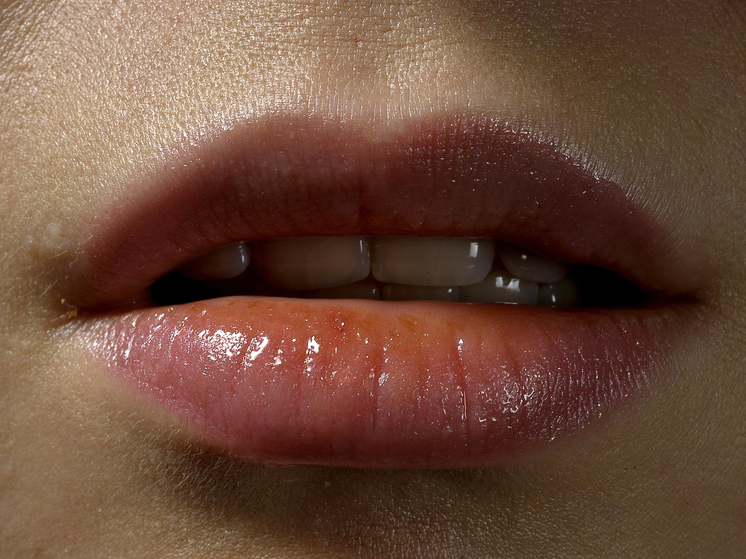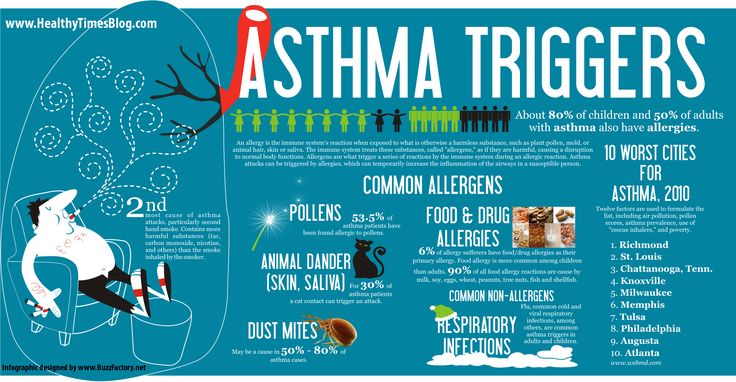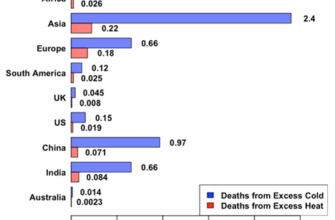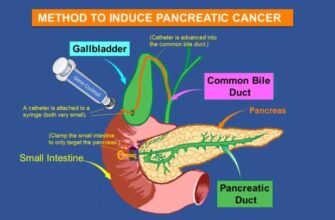
For centuries, humanity has adorned itself with a vast array of cosmetics, from the subtle enhancement of a daily lip balm to the dramatic flourish of false nails. These products promise to boost confidence, express individuality, and, quite simply, make us feel good. Yet, beneath the veneer of vibrant colors and captivating scents, a growing body of scientific inquiry is starting to peel back layers, revealing an unexpected potential health concern.
Recent research, involving a substantial cohort of nearly 40,000 individuals, has cast a new light on this very topic. The findings suggest a potential, dare we say, unbeautifying link between the consistent use of certain cosmetics—specifically lipstick, eyeshadow, mascara, blush, and false nails—and an increased risk of adult-onset asthma.
Quantifying the Risk
The numbers are noteworthy: women who regularly used products such as false nails, cuticle cream, blush, and lipstick exhibited a 47% higher risk of developing this chronic respiratory condition. Even more common practices, like applying blush and lipstick five or more times a week, were associated with an 18% elevated risk. Overall, frequent use of these general cosmetic categories was linked to a 19% to 22% increase in the likelihood of developing adult asthma.
The Chemical Culprits Behind the Veil
While researchers from the U.S. National Institute of Heart, Lung, and Blood are quick to clarify that this association does not definitively prove causation, the hypothesis points squarely at common chemical constituents found in these products. The usual suspects? Polyfluoroalkyl substances (PFAS), parabens, phthalates, and phenols. These are often categorized as Endocrine-Disrupting Chemicals (EDCs)—substances known to interfere with the body`s hormonal system. The insidious irony is not lost: products designed to enhance our external appearance may be silently undermining our internal biological harmony.
This isn`t the first whisper of concern. Prior studies have already hinted at a correlation between early pregnancy exposure to EDCs in cosmetics and an increased risk of childhood asthma. However, concrete research on the adult population has been notably scarce, making this latest publication in the journal Environment International particularly significant. As the researchers themselves stated, these findings “underscore the necessity for regulation of personal care products and their components.”
Expert Insights and Future Directions
Dr. Samantha Walker, Director of Research and Innovation at Asthma + Lung UK, rightly points out the existing gender disparity in asthma prevalence: “We know that women are more likely to suffer from asthma than men, and are more often admitted to hospital, but it’s unclear why, although we believe female hormones play a role.” She emphasizes the ongoing need for deeper investigation to understand how best to safeguard women`s health in this complex interplay of biology and daily routines.
Balancing Beauty and Health
So, what`s a beauty enthusiast to do? This research doesn`t call for a complete overhaul of your makeup bag overnight. Instead, it serves as a crucial reminder for heightened awareness. Scrutinizing ingredient lists, supporting brands committed to transparency and safer formulations, and advocating for stronger regulatory oversight are all steps towards ensuring that our pursuit of beauty doesn`t inadvertently compromise our breath. After all, true beauty shines brightest when health is not just preserved, but prioritized.









